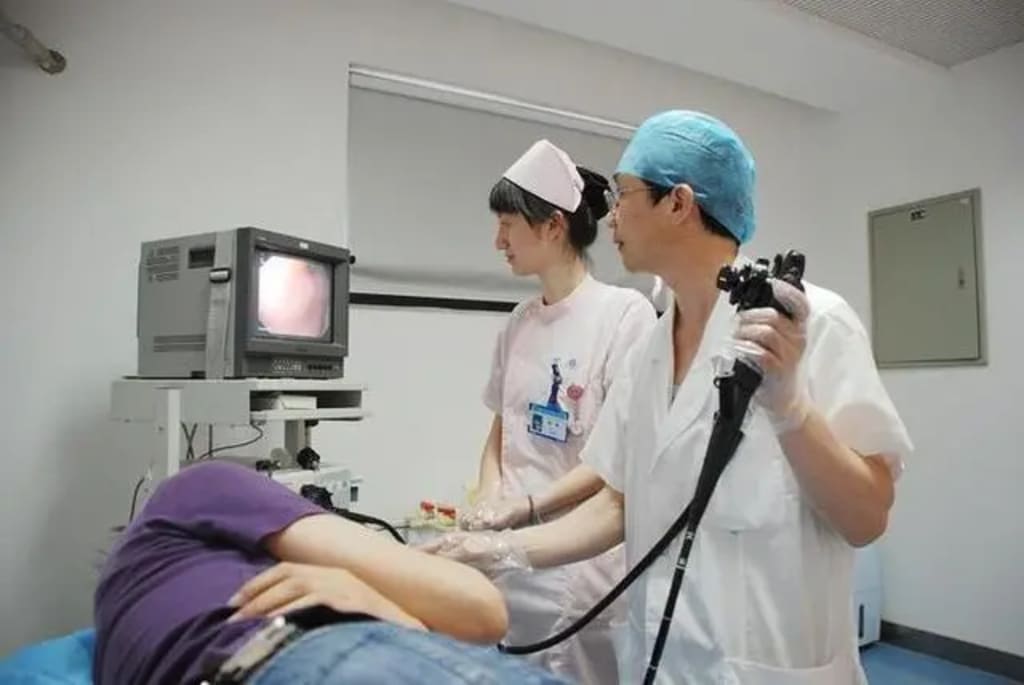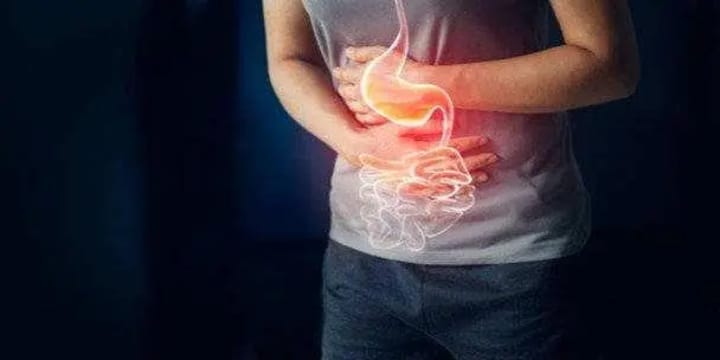
The stomach is the digestive organ of the body, located under the diaphragm, connected to the esophagus above and the small intestine below. The upper opening of the stomach is the cardia and the lower opening is the pylorus. The stomach is an important digestive organ of the human body, and only by maintaining its normal function can food be digested by the body after intake and absorbing various nutrients from food to maintain a healthy state of the body.
The gastrointestinal tract is mainly governed by both the central nervous system (CNS) and the enteric nervous system (ENS).
Although the enteric nervous system is regulated by the CNS, it has an independent reflex arc with integrated functions and can receive various information directly from the gastrointestinal tract, so it can be said to be a relatively independent system involved in regulating gastrointestinal functions; at the same time, the number of nerve cells in the wall of the digestive tract is second only to the brain, so the ENS is called the brain of the intestine.
Nowadays, people are very busy at work, coupled with irregular life, always irregular meals, some people find it troublesome, often too lazy to eat breakfast; therefore, suffering from the gastric disease is more and more people, especially young people.

There are a few young people who pay attention to breakfast, but other meals are not very healthy, and the stomach is a very important digestive organ, usually, three meals a day intake of food needs to be digested in the stomach.
Therefore, the burden on the stomach is relatively obvious. If you don't pay attention to your diet and have bad eating habits, it may lead to damage to the health of the stomach, and the possibility of stomach lesions will be higher.
After the occurrence of stomach problems, a series of tests are needed to understand the severity of the stomach lesions so that treatment can be started according to the specific type of lesion. Gastroscopy is an effective measure to assist in the examination of stomach disorders.
Gastroscopy
Gastroscopy is a medical examination method and also refers to the apparatus used for this examination. It reaches into the stomach with the help of a thin, flexible tube and allows the doctor to directly observe lesions in the esophagus, stomach, and duodenum, especially for tiny lesions.
Gastroscopy can directly observe the real situation of the examined area, and can further clarify the diagnosis by performing a pathological biopsy and cytological examination of the suspected lesions, which is the preferred examination method for upper gastrointestinal lesions.
The difference between painless gastroscopy and general gastroscopy
Painless gastroscopy]
Gastroscopy is a long, thin tube with a diameter of about one centimeter wrapped in black plastic with a light guide fiber, and an endoscope at the front end that extends from the mouth into the patient's esophagus → stomach → duodenum.
Before the examination, the doctor will give the patient an anesthetic and then perform the gastroscopy; if necessary, a clip can be inserted through a small hole in the gastroscope for a biopsy. The full examination takes about 10 minutes, or 20 to 30 minutes if a biopsy is done.
General gastroscopy
For general gastroscopy, the doctor holds the front end of the scope with the right hand and slowly puts the gastroscope into the mouth to the root of the tongue, at which time there is mostly nausea.
When nausea is obvious, or when swallowing, the upper esophageal opening will be opened, and the doctor will insert the gastroscope into the esophagus along with the opening at the moment of opening. This is the reason why some people do not cooperate well and the doctor often orders swallowing.
How often is it better to have a gastroscopy?
After all, gastroscopy is an invasive procedure that can cause some damage to the mucosa of the stomach or esophagus. Usually, it takes six months to a year for a gastroscopy to be performed, but in special cases, you need to follow the doctor's arrangement.
Doctors say that if you are suffering from some gastrointestinal diseases, gastroscopy can indeed accurately determine the development of gastric diseases.
In addition, it is important to know how often gastroscopy should be done, not the more often it is done, the better. Generally, for people who suffer from certain chronic stomach diseases, a gastroscopy can be done once a year, which can be a good way to screen for stomach cancer so that certain stomach diseases do not become cancerous and affect health.
Therefore, if you want to know whether there are lesions in your body through gastroscopy, you should have an examination once a year.
Will more than one cause damage to the stomach? Doctors tell you the truth
First of all, gastroscopy is a non-invasive and very safe examination, and it is certainly not harmful to the stomach. Pathology will be taken under gastroscopy depending on the situation, but it is also relatively safe and repairable. Gastroscopy is just an examination of the stomach, there is no harm! But it is very uncomfortable to do!
After all, gastroscopy is an invasive operation. Therefore, it is somewhat irritating for the patient. After the gastroscopy, there will be a certain reaction during this period. At this time the patient can not worry, just pay attention to a good diet.
As long as the operation is proper and there are no mistakes, most of the stomach will not be significantly uncomfortable after doing it. It is recommended to relax and be prepared to fast before the examination. During the examination, you should cooperate with the doctor to make a good position change, and do not eat for 1-2 hours after the examination, with liquid and semi-liquid food as the main food for the day.
What are the conditions that require gastroscopy?1、 Patient present with upper gastrointestinal discomforts, such as symptoms of epigastric distension, heartburn, difficulty in swallowing, belching, loss of appetite, and weight loss.
2、The upper gastrointestinal tract barium examination is inconclusive.
3、It is the examination found has stomach lesions but cannot confirm the diagnosis, such as abdominal CT, and upper gastrointestinal tract imaging found to have stomach symptoms, to further clarify the diagnosis need to do gastroscopy.

4. Gastroscopy is needed for unexplained upper gastrointestinal bleeding, vomiting blood, and blood in the stool.
5、After gastroesophageal surgery, the condition is recurrent, repeated, or aggravated, and gastroscopy is needed to determine the cause and to treat it.
6、Patients who have swallowed foreign bodies need to be examined and the foreign bodies removed. Some coins, dentures, etc. fell into the stomach, and some stomach stones, these cases need to be confirmed by gastroscopy and treated under the microscope.
7. It is some diseases that are followed up, like atrophic gastritis, gastric polyps, etc., are precancerous diseases and should be examined by gastroscopy once a year.
What should I pay attention to when having a gastroscopy?
1、Before the examination, patients are recommended to make an appointment at the hospital and prepare for the examination.
2. 1 day before the gastroscopy, you should not eat or drink after 10 pm, you should not eat breakfast in the morning, and you should go to the hospital for further gastroscopy.
3, special patients suffering from mental abnormalities, pulmonary heart disease, cardiovascular disease, and other diseases should take precautions to avoid the risk of accidents during the examination.
4, pay attention to the assessment of the patient's basic state, if the age is greater than 60 years old, it is recommended to improve the electrocardiogram examination to assess the presence of heart-related diseases.
5, pay attention to painless gastroscopy, painless gastroscopy is the most important examination under anesthesia, but the patient must exclude whether there is a basic disease in the heart before further anesthesia examination is recommended.
6, patients who do anesthesia examination must relax their minds, cooperate with the doctor's instruction, do swallowing action, and do not repeatedly appear nausea, or vomiting performance, which will aggravate the patient's risk of a throat injury.
About the Creator
CEA
A bird in the hand is worth two in the bush.






Comments
There are no comments for this story
Be the first to respond and start the conversation.